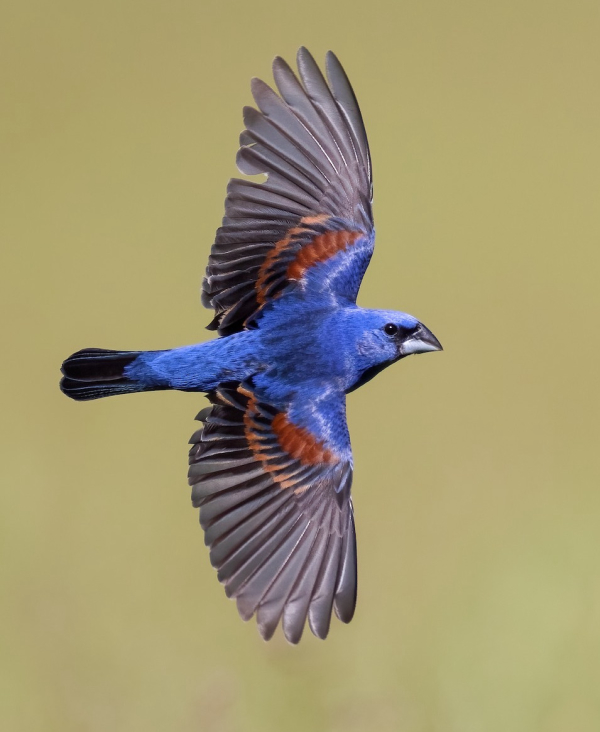
Songbirds, shorebirds, and others benefit by people participating in “Lights Out” during fall migration (Blue Grosbeak photo by Ryan Sanderson).
|
Most birds migrate at night, but the effect of artificial lights in cities and even residential homes attracts and disorients migrating birds, making them vulnerable to collisions with buildings. An estimated 1/3 to 1 billion birds die during collisions with buildings annually, including some species of high conservation concern. Growing international “Lights Out” efforts are already underway, including programs in more than 50 North American cities and 9 state-wide programs. It’s as easy as flipping a switch – simply turn off or dim non-essential lighting during critical migration periods! Turning off lights dramatically reduces the chance that birds become disoriented by light, allowing birds to safely proceed with their migration flights.
Lights Out also does more than save birds, it saves energy and money! The Environmental Protection Agency highlights energy as the largest operating expense for commercial buildings. Reducing energy use by shutting off lights at night during migration season makes environmental sense and fiscal sense!
To help migrating birds this fall:
- Turn off non-essential lights from 9pm until 6am.
- Turn off or dim interior home lighting, or draw blinds to prevent light escaping.
- Turn off decorative landscape lighting.
- Turn off lights before leaving your home or business.
- Be sure outside lights are aimed down and well shielded.
- Install motion sensors on outside lights to minimize use.
For more information, you can refer to the “Lights Out” information provided by BirdCast, at Lights Out - BirdCast
To learn more about “Lights Out” efforts already underway, including programs in more than 50 North American cities and 9 state-wide programs, refer to Audubon’s list of contributing cities and states with associated links at Existing Lights Out Programs | Audubon